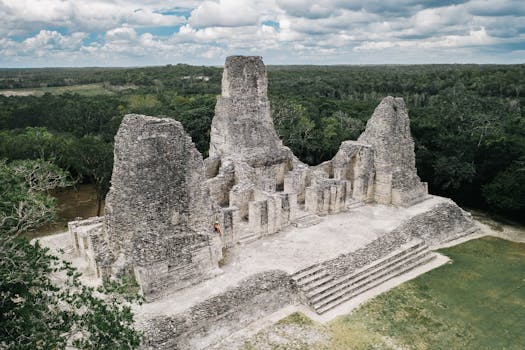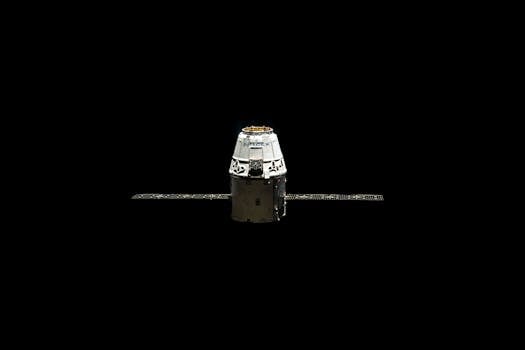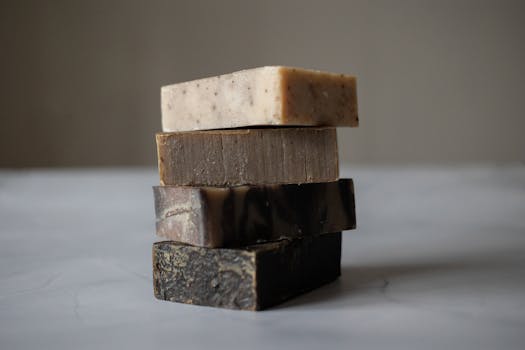The Future of Luxury Jet Airplanes: Innovations, Trends, and What to Expect
Takeaways: The luxury jet industry is on the brink of a transformative era, with innovations focusing on sustainability, advanced technology, and personalized travel experiences. Not only are manufacturers enhancing the comfort and performance of these aircraft, but they are also addressing environmental concerns with eco-friendly options.
Luxury jets have come a long way from their humble beginnings, evolving into symbols of status and comfort for the elite traveler. As we look to the future, several exciting trends and innovations are shaping the luxury jet industry. In this article, we will explore the latest advancements in luxury jet airplanes, focusing on technology, sustainability, and design.
Innovations in Luxury Jet Technology

One of the most significant trends is the integration of smart technology into aircraft. For instance, Boeing has been at the forefront of this movement, incorporating artificial intelligence and machine learning into their systems to optimize flight operations and enhance passenger comfort. Smart cabins are now capable of adjusting lighting, climate, and entertainment options based on individual preferences, providing a personalized flying experience.
In addition, advancements in materials science have led to the development of lighter and stronger materials, which contribute to better fuel efficiency and performance. Manufacturers like Airbus are utilizing composite materials to reduce the weight of their jets, which directly impacts operational costs and environmental footprint.
Sustainability in Private Aviation
As the world becomes increasingly aware of climate change and environmental issues, the luxury jet industry is stepping up to address these concerns. Sustainable aviation fuel (SAF) is gaining traction as a viable alternative to traditional jet fuel, offering a lower carbon footprint. Major players, including GE Aviation, are investing in research and development to enhance the production and availability of SAF.
Furthermore, companies are exploring electric and hybrid propulsion systems as a means to reduce emissions. The emergence of electric vertical takeoff and landing (eVTOL) aircraft represents a significant milestone in this effort. While still in the early stages of development, eVTOLs hold the promise of providing sustainable air travel solutions for short distances, potentially revolutionizing urban mobility.
Luxury jet manufacturers are also focusing on their carbon footprint by enhancing the efficiency of their fleets. Brands like Cirrus Aircraft are leading the charge with innovative designs that prioritize fuel efficiency and lower emissions, catering to environmentally conscious consumers in the luxury market.
Design Trends in Luxury Jets

Interior designs are evolving with a focus on spaciousness and functionality. The use of modular furniture, high-quality materials, and advanced acoustics are becoming standard in luxury jets. Designers are also incorporating elements that enhance the overall experience, such as panoramic windows that provide breathtaking views and natural light.
Moreover, the integration of wellness features is a growing trend. From air purification systems to circadian lighting designed to reduce jet lag, luxury jets are incorporating health-conscious elements that prioritize passenger well-being during travel.
As the luxury jet industry continues to evolve, it is clear that the future holds exciting possibilities. From technological innovations to sustainable practices and luxurious designs, the next generation of luxury jet airplanes promises to be more efficient, environmentally friendly, and tailored to the needs of discerning travelers.






